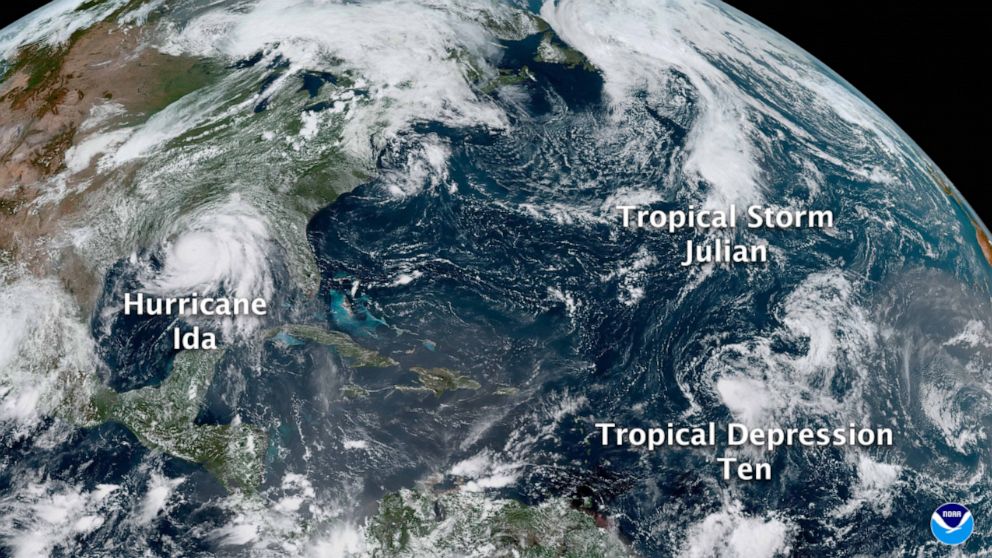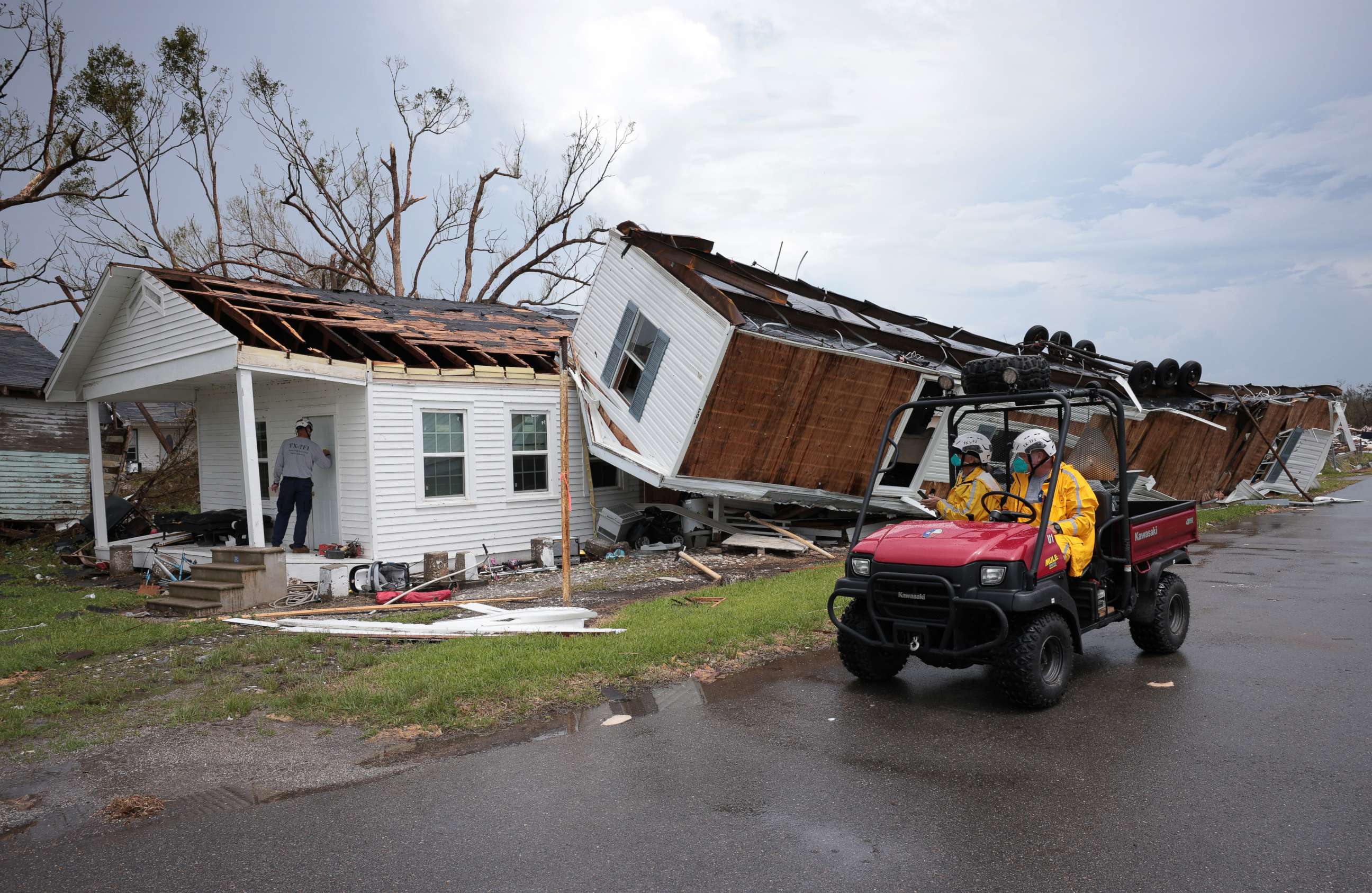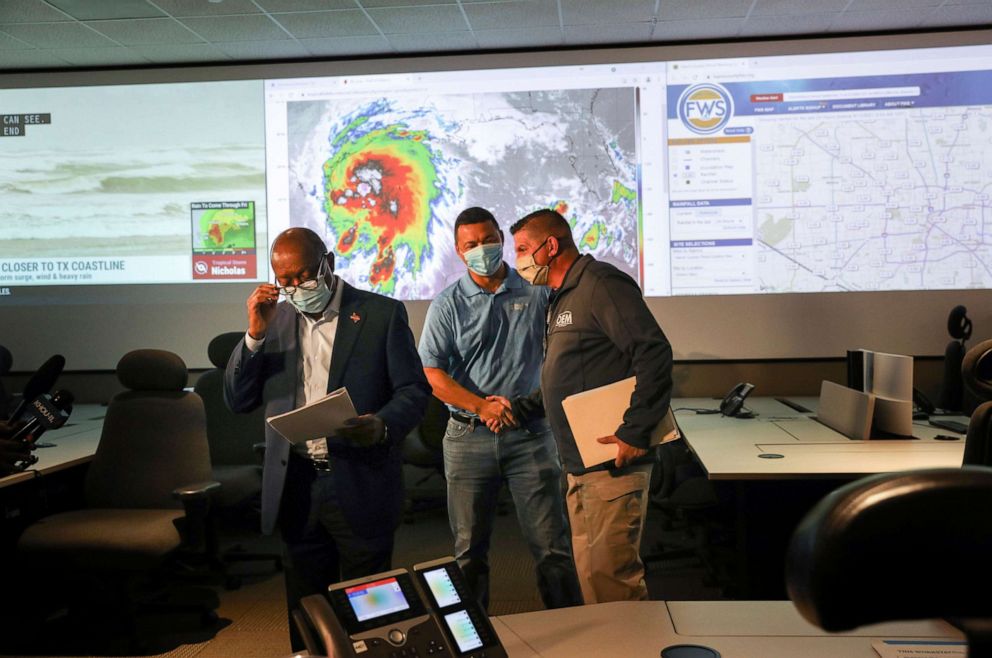Hurricane season ends with 21 named storms, using all the names for 2nd consecutive year
Tuesday marked the end of the 2021 Atlantic hurricane season.
The 2021 Atlantic hurricane season ended on Tuesday after 21 named storms, continuing a record-breaking pattern from 2020, according to the National Oceanic and Atmospheric Administration.
This year's storms used each of the names from the tropical cyclone list, marking the first time in recorded history the list has been exhausted two years in a row, NOAA said. Storms are named when wind speeds hit 39 mph.
This was also the seventh year in a row that a named storm formed before the official start of the season on June 1, NOAA said.

Before the season began, NOAA predicted a 60% chance that the season would be busier than usual, but said it would not surpass 2020's historic level of activity. Seven of the named storms in 2021 were classified as hurricanes.
The 2020 Atlantic hurricane season had 30 named storms, the most in recorded history, with two more than in 2005, which included Hurricane Katrina. Six of 2020's storms were designated as hurricanes.
The effects of climate change already may be evident in the behavior of recent hurricane seasons.
The increase in activity in the past two years can be attributed to higher-than-normal sea surface temperatures in the tropical Atlantic Ocean and Caribbean Sea, weaker tropical Atlantic trade winds and an enhanced west African monsoon, NOAA scientists said.

Although most of the storms stayed out in the open ocean, 2021 proved to be more costly than 2020.

Total losses due to property and infrastructure damage this year have totalled about $105 billion — eclipsing $100.2 billion in 2020, according to NOAA.
Hurricane Ida, which made landfall in Louisiana in late August and tracked northeast to New York City before exiting into the Atlantic Ocean, was responsible for about $60 billion in damage alone, according to NOAA.




